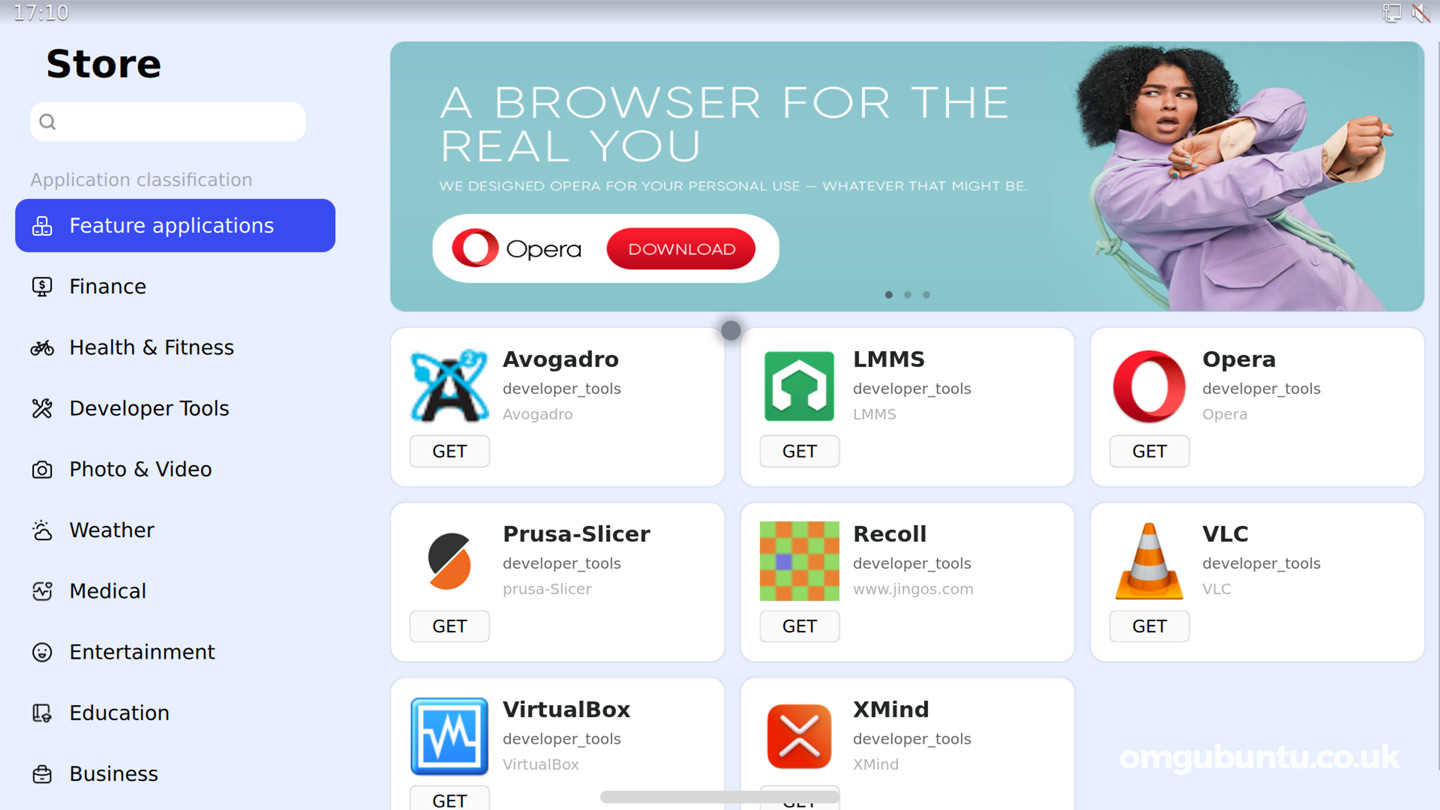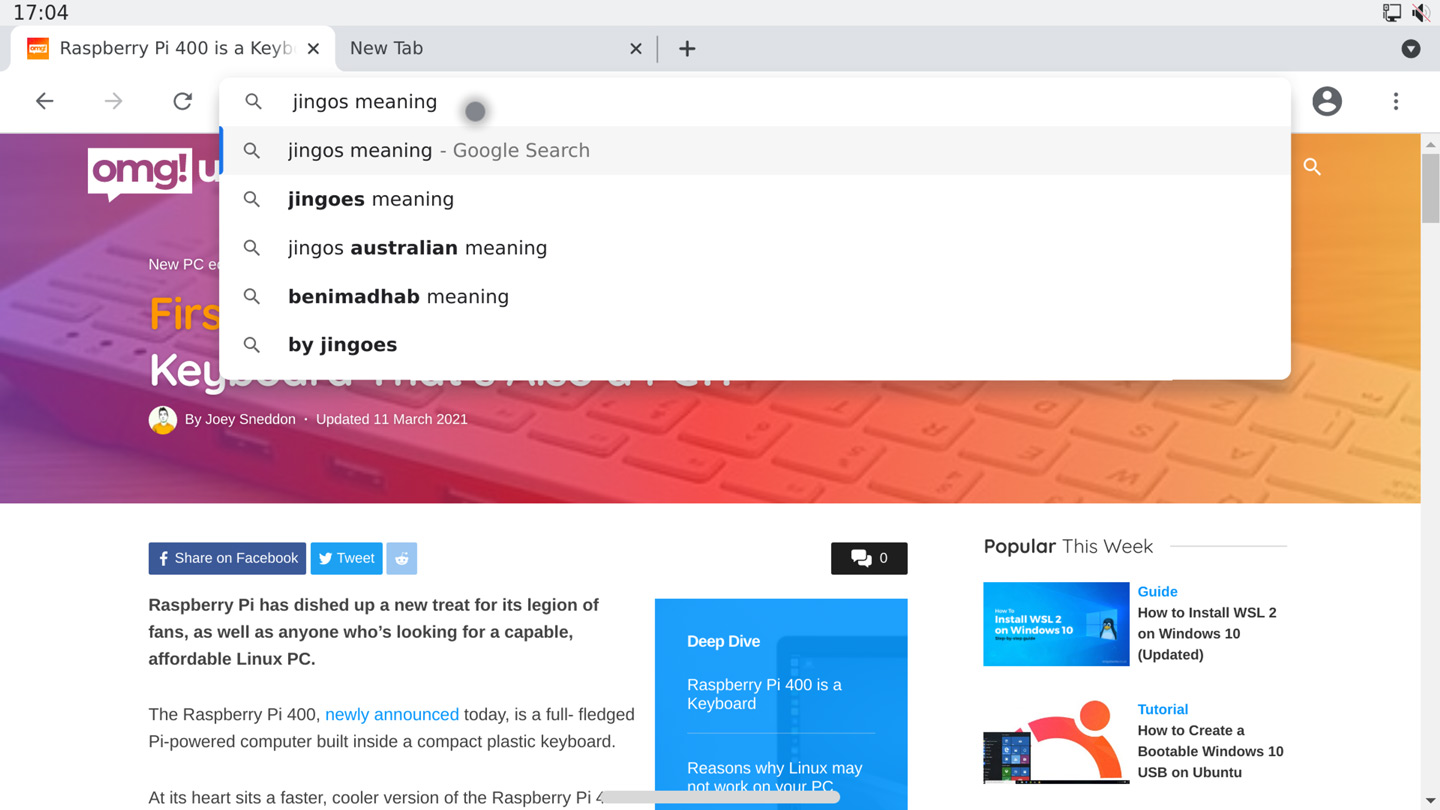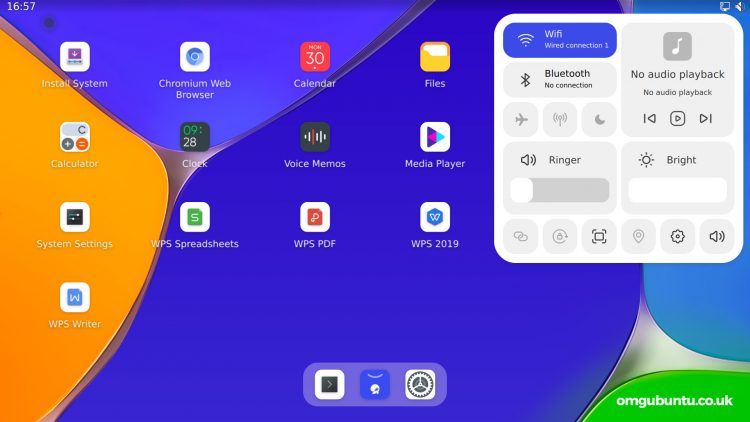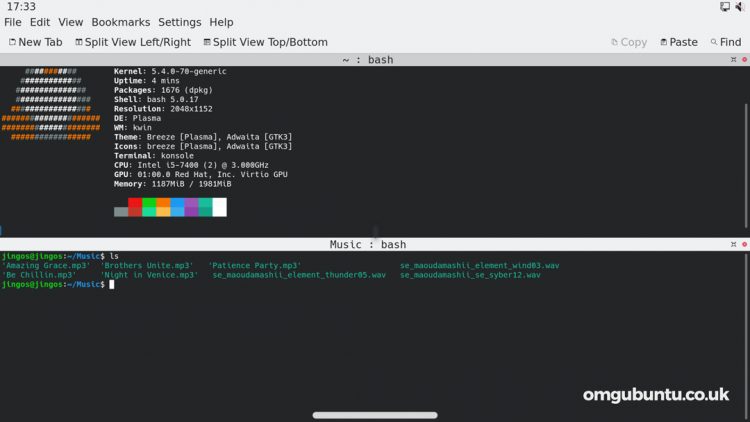A new version of JingOS, the tablet-friendly Linux distro, is available to download — and it’s jam packed with improvements.
For those new to it, JingOS is an Ubuntu-based Linux distribution targeted at tablet devices. It sports a custom Qt-based desktop environment designed for touch (but compatible with mouse and keyboard), comes with a suite of bespoke apps, and …has more than a passing nod to Apple’s iPadOS! 😉
JingOS 0.8 is the first major update to the OS since January, when the JingOS alpha emerged to much excitement. Two months and a tonne of tweaks later, JingOS gains support for over-the-air (OTA) updates, ships a redesigned settings app, and a custom app store:
I think JingOS’s home-spun app shop is pretty great. It’s clean. It’s lean. It gets to the point. However, the range of apps available in it is, at the moment, and somewhat understandably, lacking. But this is real Linux here: you can install anything from the Ubuntu repos on JingOS using a terminal.
Although a handful of other ‘aesthetically functional’ apps are included — the file manager is a real highlight — the system does include some traditional desktop fare too. For instance, Chromium is the default web browser:
I did install a few other apps, including VLC, which is featured in the JingOS App Store carousel, but it didn’t work well with the full-screen, touch-led UI. JingOS is designed to be used on a device where touch is the primary input, but some more work is needed to cater to software designed for the exact opposite.
Is this build more stable than the JingOS alpha release? Yes, but it remains far from complete. The system settings app is barebones, task switching cumbersome, and many of the toggles in the iOS control center analog don’t function at all.
For instance, playing a music file in the JingOS music app does not pipe the track info or player control through to the media playing widget in the control center, as you can see in the screenshot above.
Although JingOS targets tablet form factors which typically use ARM chips, the currently available .iso works fine on traditional x86-based chips, and in virtual machines (which is what I tried it in). It’s an ok experience, somewhat laggy and lacking the translucent touches peppered throughout the promo pics.
For a benchmark of how bare bones we’re talking: you can’t change the background image at this time.
JingOS is made up of free, open source software. You can find more details on the ins-and outs on the JingOS website, via their forum, or by having a poke around their GitHub page. You will need to signup to the JingOS mailing list in order to get a download link for the .iso and it weighs in at roughly 2.56 GB.
The best way to try it for now is in the safety of a virtual machine. But as the system is very touchpad and gesture heavy some features do require a bit of ingenuity to work with pointer (if anyone figures out how to launch the app switcher at all, let me know).
If you installed JingOS 0.6 earlier this year you will need to reinstall the system using the latest disc image you cannot upgrade to JingOS 0.8 — but now that OTA update functionality is present, you should be able to upgrade to subsequent releases with no hassle.
The Chinese company building JingOS will launch a crowdfunding campaign for a custom ARM-powered tablet that runs JingOS this summer. Presumably, around the time that tablet is ready to ship to backers is when a ‘stable’ release should be available for use elsewhere. We’ll keep you posted.





